How we were the first to adapt braille into Mali’s local language

Imagine going to school and not being able to take the national reading test, which all of your friends are sitting, because it’s not been adapted into the most used local language in your country.
That was the reality for children with visual impairments in Mali.
Bamanankan is the language spoken by about 80 per cent of the population of Mali, about 15 million people. But despite its wide use, it has never been translated into braille for people who are blind or severely visually impaired.
As part of Sightsavers’ inclusive education project, which supports children with visual impairments in primary schools across the country, we’ve worked with linguistic expert Dr Issiaka Ballo, assistant professor at Université des Lettres et des Sciences in Bama, to translate braille into the local language for the first time.

“Our approach was to continue with the French alphabet since it is already adapted to braille and most of the French and Bamanankan letters are the same Latin script,” Dr Ballo says. With a team, he had to identify any special letters and spellings that exist in Bamanankan but are missing in French, and also allow for varying vowel length and nasalisation features in Bamanankan. The production of the new braille materials was time-consuming and required extensive IT skills.
“My colleague and I worked on producing texts for five months,” says Dr Ballo. “We organised a test class to check the findings with at least six learners. The result of the test had been satisfying when the grades of the learners were very high.
“The first impact I saw from the teachers and students is their rapid ability to write Bamanankan in braille. The second is the students would keep on saying that they discovered now that it is possible to write in their own language with braille.”
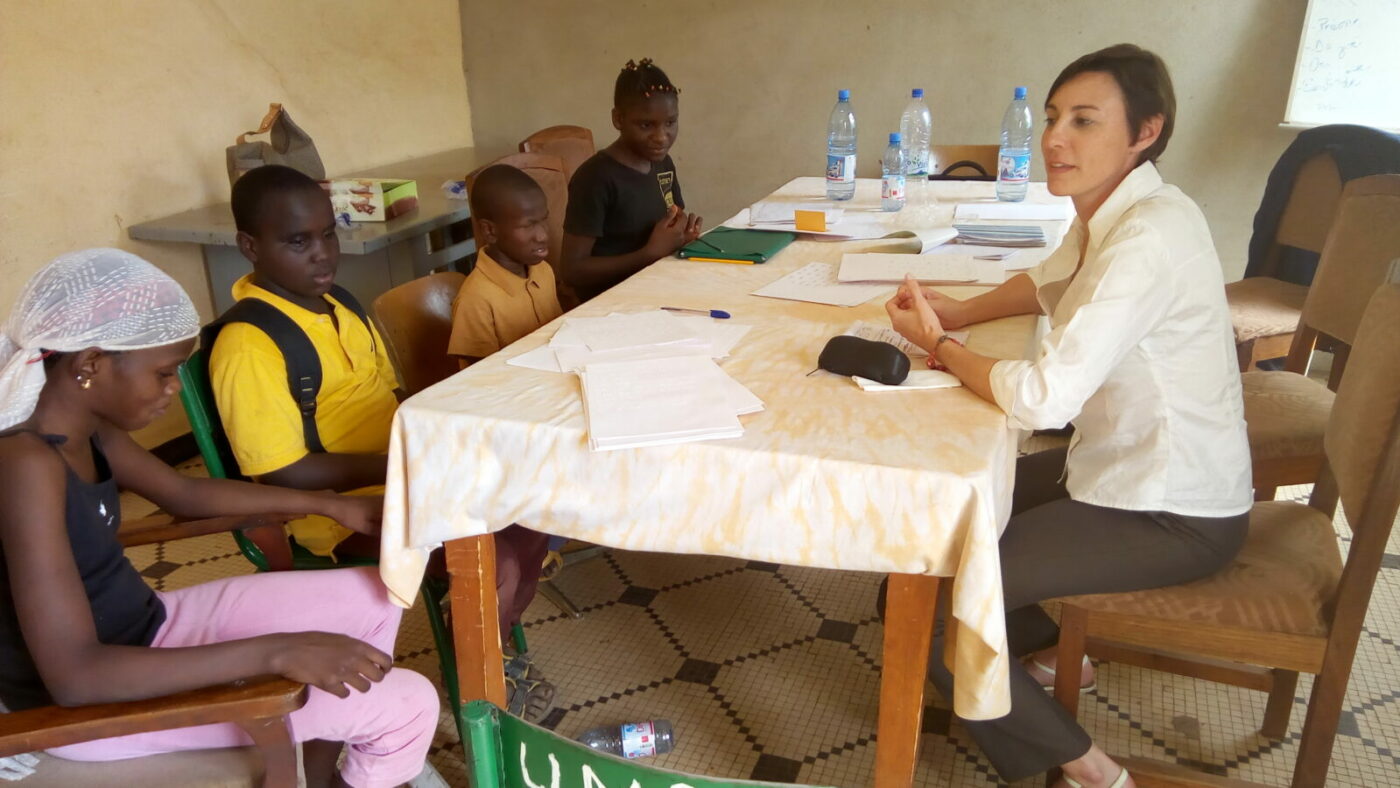
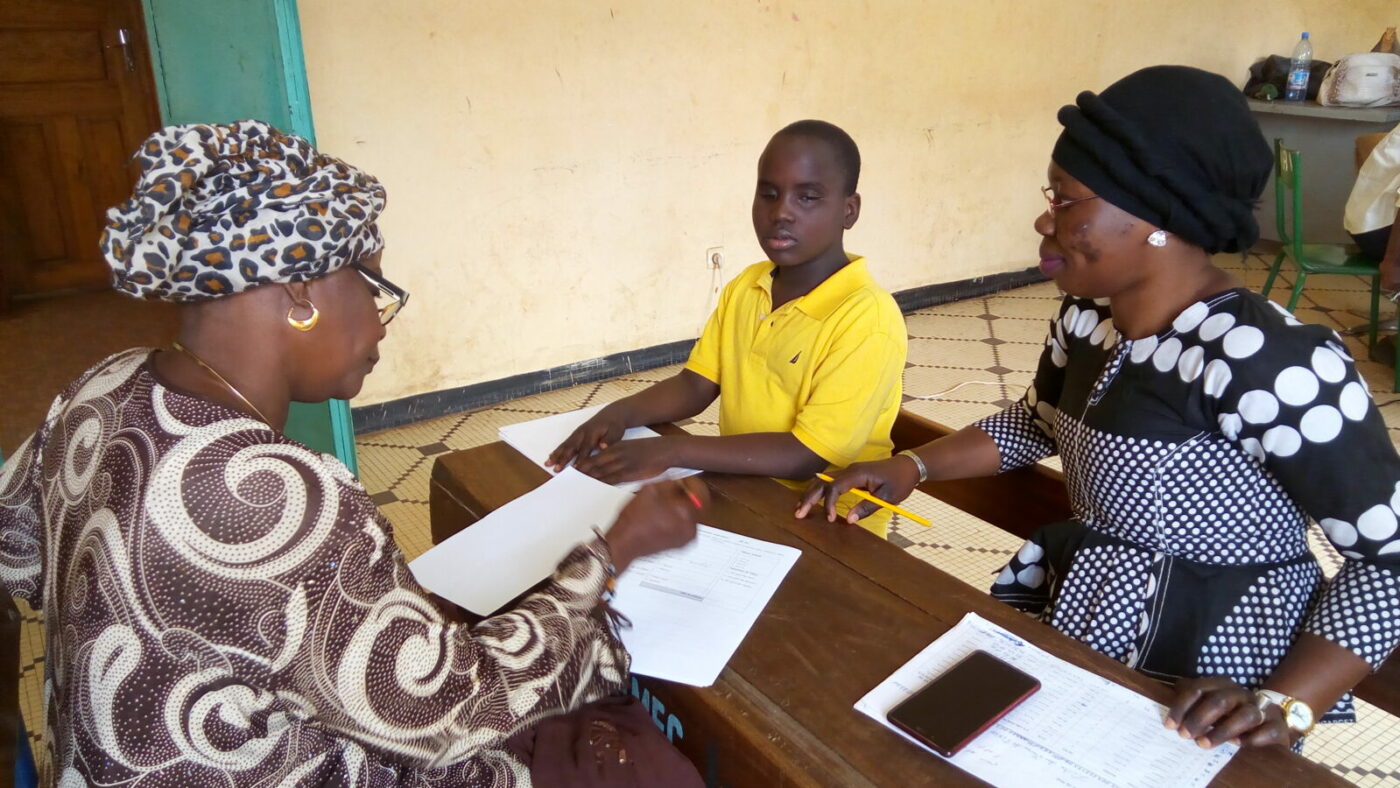
Laurène Leclercq, Sightsavers global technical lead for education, says: “It is very rare to see local languages translated to braille, but it makes a huge difference to ensuring that children are included in education and that people have access to their own culture and expression. We are incredibly proud of this work and plan to continue working with partners to make education in Mali accessible to all.”
As a result of Bamanakan being translated into braille, children with visual impairments can now take part in educational milestones from which they were previously excluded. The first focus will be on adapting the national early grade reading assessments into Bamanankan braille. This will mean these children can sit the same reading test as their peers. Once the children have sat the test, their teachers can analyse their results to identify their literacy needs and develop strategies to meet them.
At present, more than 500 students who are blind or severely visually impaired are enrolled in specialised schools in three of Mali’s main cities. In the future, an increasing number of these children will be educated in mainstream schools. It is hoped that the translation will lead to many more texts being transcribed into braille and made available for these children. The government has provided funds to support this process.
Over the next two years, Sightsavers has committed to building on the project’s achievements by adapting the national early grade reading assessments for children with hearing impairments, and ensuring the national mathematics test is accessible for both children with visual and hearing impairments.
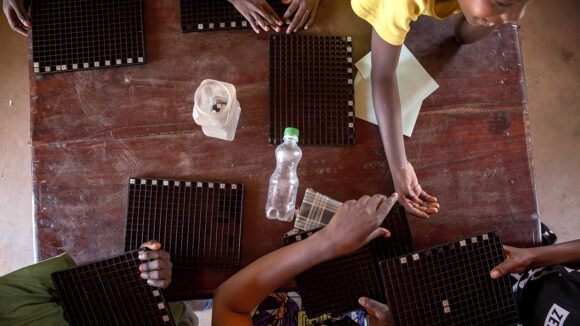
Inclusive education
Sightsavers works with local and national partners in Africa and Asia to promote inclusive, quality education, giving all children the chance to go to school.
Our education workThis work was funded by USAID, as part of an inclusive education project for primary school children with visual impairments in Mali.
Adapting the braille was a joint initiative involving the Université des Lettres et des Sciences in Bamako, the University of Birmingham in the UK, the Malian Union of the Blind, and Mali’s Ministry of Education.
“The result of the test had been satisfying when the grades of the learners were very high.”
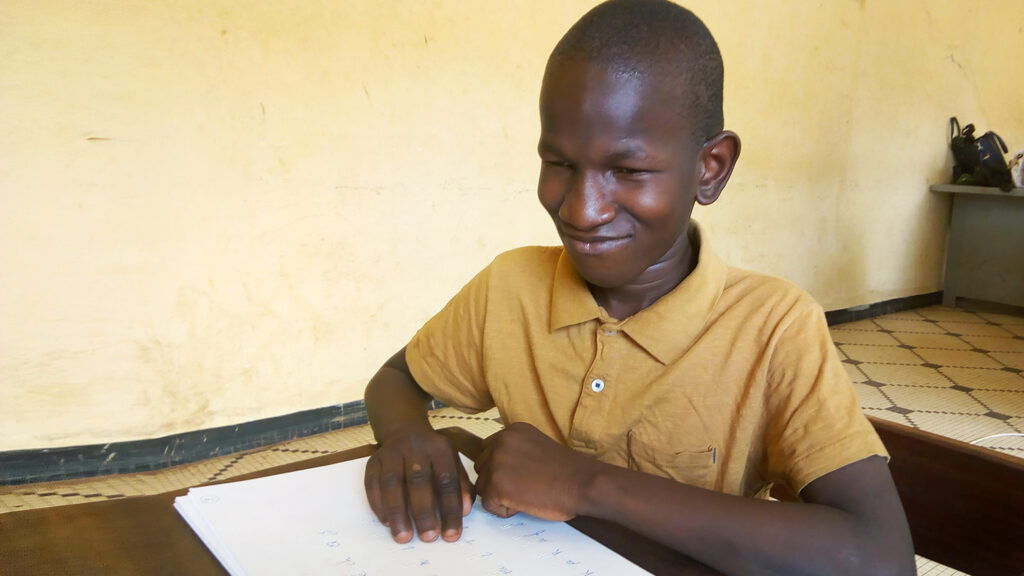
Learn more about our work
Inclusive educationMore from the field
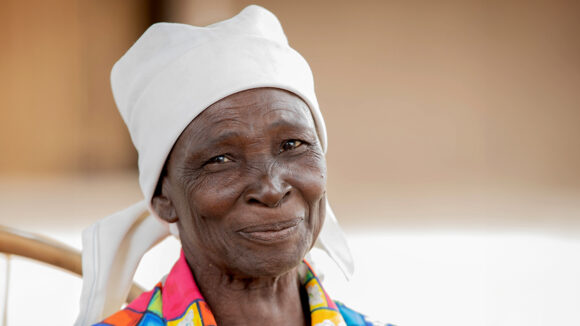
“I’m a living testimony of cataract surgery”
When Angeshita regained her independence after her eye operation, so did her family. They are now able to return to school and work, giving them all hope for the future.
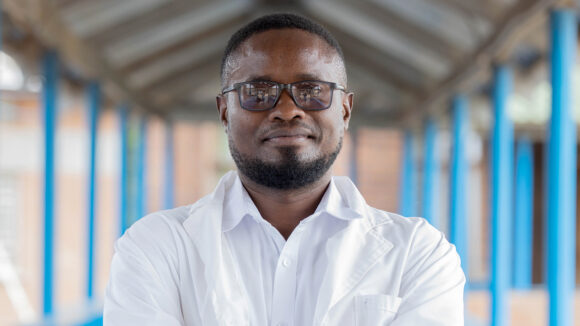
Alinafe cuts the queues
Learn about one man's mission to make a difference in Malawi by training as an eye health specialist.
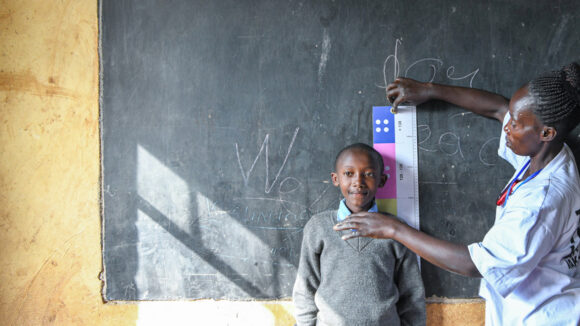
“Our programme has transformed communities”
Now in its sixth year, the Accelerate programme has already delivered 53 million treatments to protect people from trachoma, and managed 91,000 advanced cases of the disease.
